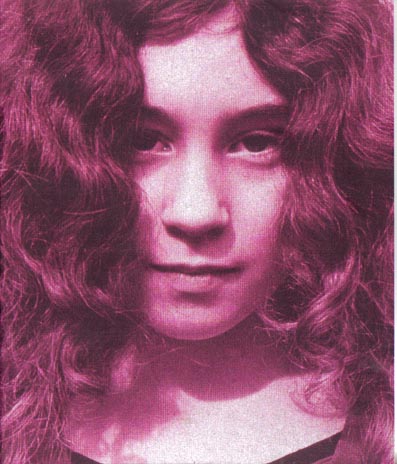Here's a book cover critique for you:

This is the cover of Nada Gordon's Foreignn Bodie. No title, no author's name: just this photo, which encompasses the entire front cover. This is still a fairly radical approach to cover design, and has been used, to my knowledge, few times in commercial book design. Chuck Palahniuk's "Lullaby," is the only one I can name off the top of my head, and the design may have been too radical for the publisher's taste -- it was changed in subsequent editions and in the paperback version to incorporate the title and author attribution. Obviously, this sort of textless design it doesn't work unless you have an image that is at once arresting and expressive: it has to do, with no words, at least some of the work that would traditionally be done by the title and author's name. The image here works admirably. It's a beautiful but somewhat disturbing photo: intense, and the purple wash over the entire thing gives it extra luminosity, and a feeling of otherworldiness. I'm assuming this is a childhood photo of Nada, so it doubles as an attribution, as well as an apt visual representation of a "foreign body" -- an intense face staring you down, in a weird purple wash.
Turning inside, we find Japanese brush-style drawings by Gary Sullivan. Titles are set it Visigoth which here looks suitably like stilted hiragana transformed into Roman letters. The text itself is in one of the many versions of Berkeley or Californian.
posted by Reen |link| 0 comments


